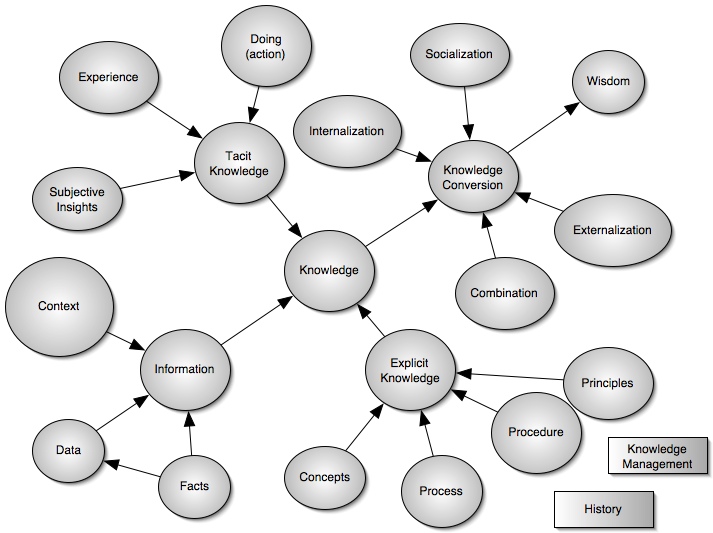The Internet - Network - 1991
The beginnings of the Internet grew out of an experiment begun in the 1960's by the U.S. Department of Defense. They created a computer network, called ARPANET, that would continue to function in the event of a disaster. Leonard Kleinrock was the major force behind it. He developed the basic principles of packet switching, in a monograph titled Communication Nets: stochastic message flow and delay (1964).
In 1971, Ray Tomlinson, wrote the first email program. He choose the @ symbol to separate the name of a user from the network on which he or she worked.
In 1985, the National Science Foundation (NSF) created NSFNET, a series of networks for research and education communication.
But perhaps the real birth of the growth of the internet was in 1991 by developer Tim Berners-Lee and others at the European Laboratory for Particle Physics (Conseil Europenne pour la Recherche Nuclaire [CERN]). The CERN team created the protocol based on hypertext, the basic lifeline of the Internet. To keep an eye on the standards of Web technology, Berners-Lee created W3C in 1994. While Apple computer was the first to use hypertext with their Hypercard application in 1987, the internet took this to the next level by networking the hyperlinks on a grand scale.
Knowledge Enabler or Information Enabler?
Being online allows one to gather a lot of information, yet the vary nature of it — speed, often works against it as being a knowledge-enabler. Knowledge requires rich sources and context. For example, one of the best knowledge-enablers for a beginning learner is apprenticeship as it allows a rich exchange of concepts and ideas between the learner and teacher. As one starts to slowly move away from this form of learning, the knowledge exchange slowly starts to decrease, while the rate of information flow increases. That is, in a classroom environment, the information is going out to a number of learners at once, hence the speed of information exchange increases; however, the flip-side is that one-on-one interactions decrease, thus the rate of knowledge transfer decreases. This is the first dimension of the data/information/knowledge continuum — Viscosity/Velocity.
Next Step
Return to the Information and Knowledge page


